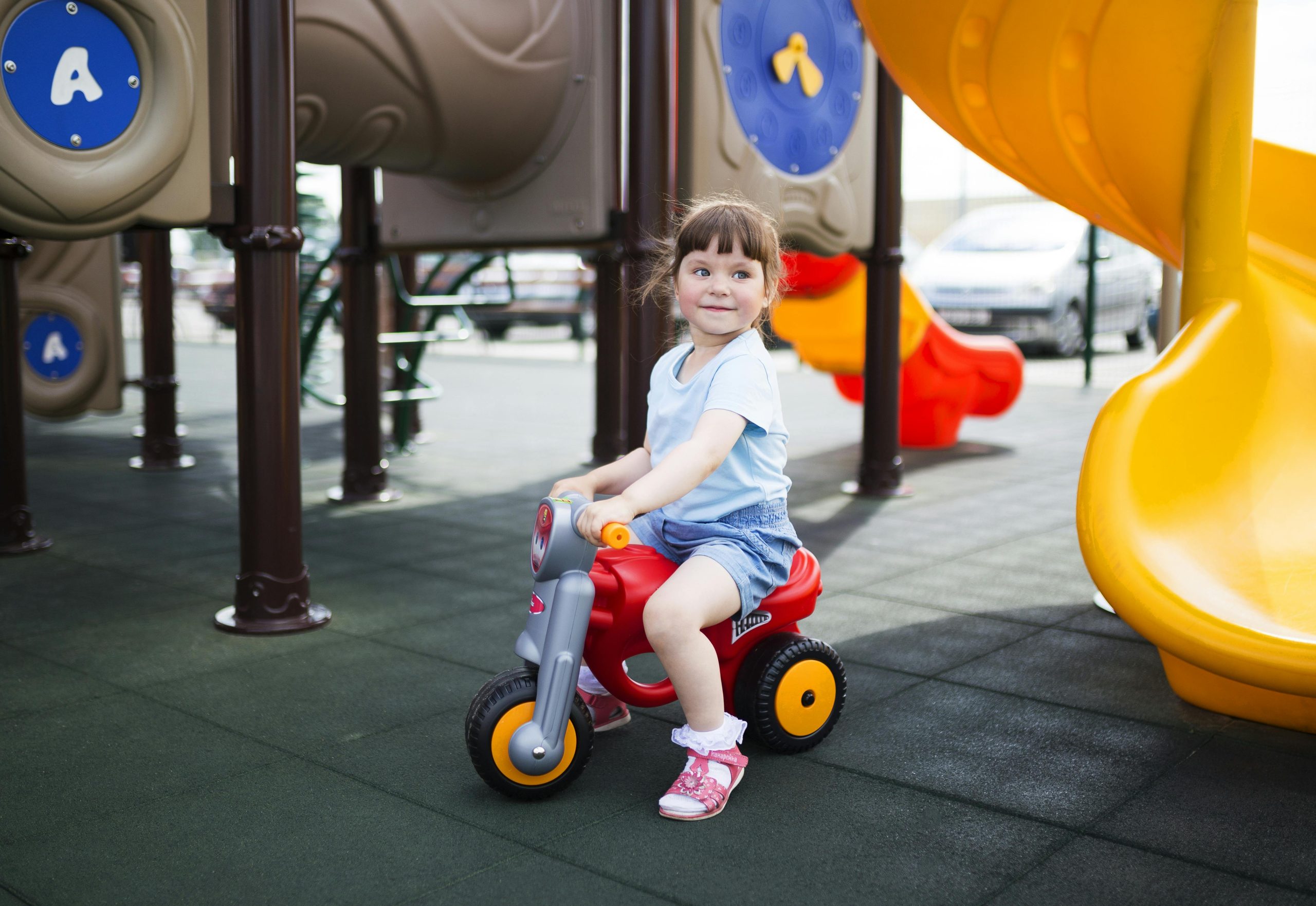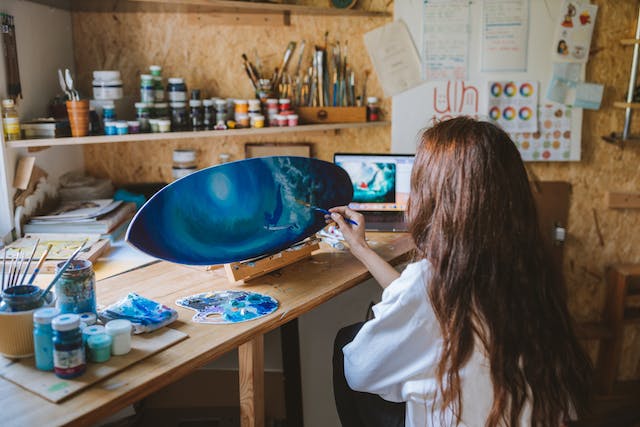Sew Cute! DIY Clothing Projects for Kids That Will Have Them Looking Adorable and Unique!
DIY clothing projects are a fantastic way to engage children in creative and hands-on activities. Not only do these projects encourage creativity and self-expression, but they also teach valuable life skills and provide a sense of accomplishment. Whether your child is interested in fashion or simply enjoys crafting, DIY clothing projects offer a fun and rewarding experience.
Encouraging creativity and self-expression is essential for children’s development. DIY clothing projects allow kids to explore their personal style and create unique pieces that reflect their individuality. By choosing fabrics, colors, and designs, children can express their personality and develop their own sense of style. This creative outlet can boost their confidence and help them develop a strong sense of self.
In addition to fostering creativity, DIY clothing projects teach valuable life skills. Sewing requires patience, attention to detail, and problem-solving skills. By engaging in these projects, children learn how to follow instructions, measure fabric accurately, and use tools safely. These skills are not only useful in the world of fashion but also transferable to other areas of life.
Completing a DIY clothing project provides a sense of accomplishment for children. Seeing their finished creation and being able to wear it or show it off to others boosts their self-esteem and confidence. It teaches them the value of hard work and perseverance, as they see the tangible results of their efforts. This sense of accomplishment can motivate children to take on more challenging projects in the future.
DIY Clothing Projects for Kids

Getting Started: Essential Tools and Materials You’ll Need
Before diving into DIY clothing projects with your child, it’s important to gather the essential tools and materials. Here are some items you’ll need:
1. Sewing machine or needle and thread: Depending on your child’s age and skill level, you can choose between using a sewing machine or sewing by hand with a needle and thread.
2. Fabric scissors: A good pair of fabric scissors is essential for cutting fabric accurately and cleanly. Make sure they are sharp and dedicated solely to fabric cutting.
3. Pins and needles: Pins are used to hold fabric pieces together before sewing, while needles are used for hand sewing. Have a variety of sizes available to accommodate different fabric thicknesses.
4. Fabric: Choose fabrics that are suitable for your child’s project. Cotton is a great option for beginners, as it is easy to work with and comes in a wide range of prints and colors.
5. Measuring tape: Accurate measurements are crucial in sewing projects. A measuring tape will help ensure that the garment fits properly.
Simple Sewing Projects for Beginners: Easy Skirts, Dresses, and Shorts
For beginners, it’s best to start with simple sewing projects that are easy to complete and require minimal sewing skills. Here are a few ideas:
1. Basic A-line skirt: An A-line skirt is a versatile and flattering piece that can be customized with different fabrics and lengths. It only requires basic sewing skills, such as sewing straight seams and attaching a waistband.
2. Elastic waistband shorts: Elastic waistband shorts are comfortable and easy to make. They require minimal sewing and can be customized with different fabrics and trims.
3. Simple sundress: A simple sundress is a great project for beginners. It typically involves sewing straight seams, attaching straps or sleeves, and adding a hem.
Upcycling Old Clothes: How to Turn Outdated Garments into Fashionable Pieces
Upcycling old clothes is not only an eco-friendly practice but also a great way to create unique and fashionable pieces. Here are some techniques for transforming outdated garments:
1. Adding patches or appliques: Adding patches or appliques to old clothes can instantly give them a fresh and trendy look. Choose patches or appliques that match your child’s style and sew or iron them onto the garment.
2. Cutting and re-sewing old clothes: If an old garment no longer fits or is outdated, you can cut it apart and re-sew it into a new style. For example, you can turn a long-sleeved shirt into a tank top or a pair of jeans into shorts.
3. Dyeing or bleaching fabric: Changing the color of fabric can completely transform an old garment. You can dye it with fabric dye or bleach it to create unique patterns and designs.
Embellishing Techniques: Adding Patches, Appliques, and Trims to Your Projects
Embellishing your DIY clothing projects with patches, appliques, and trims can add a personal touch and make them stand out. Here are some techniques you can try:
1. Iron-on patches: Iron-on patches are easy to use and come in a wide variety of designs. Simply place the patch on the desired location, cover it with a cloth, and press with an iron to adhere it to the fabric.
2. Sew-on patches: Sew-on patches require basic hand sewing skills. Use a needle and thread to sew the patch onto the fabric, making sure to secure it firmly.
3. Lace or ribbon trim: Adding lace or ribbon trim to hems, sleeves, or necklines can instantly elevate the look of a garment. Simply sew the trim onto the fabric using a sewing machine or needle and thread.
Creating Custom T-Shirts: Screen Printing and Iron-On Transfers
Custom t-shirts are a fun way for kids to showcase their creativity and personal style. Here are two methods for creating custom t-shirts:
1. Screen printing with stencils: Screen printing allows you to create multiple copies of the same design. Start by creating a stencil of your desired design on a piece of cardboard or acetate. Place the stencil on the fabric, apply fabric paint or ink, and use a squeegee to spread the paint evenly. Remove the stencil and let the design dry.
2. Iron-on transfers with printable designs: Printable iron-on transfers are a quick and easy way to create custom t-shirts. Design your desired image on a computer, print it onto iron-on transfer paper, and follow the instructions to transfer the design onto the fabric using an iron.
Accessories for Kids: DIY Hair Bows, Headbands, and Jewelry
In addition to clothing, DIY accessories can add a finishing touch to your child’s outfits. Here are some ideas for accessories you can make:
1. Fabric hair bows: Fabric hair bows are simple to make and can be customized with different fabrics and colors. Use a template to cut out the bow shape from fabric, fold and sew it together, and attach it to a hair clip or headband.
2. Braided headbands: Braided headbands are trendy and easy to make. Cut three strips of fabric, braid them together, and sew the ends together to create a loop.
3. Beaded jewelry: Beaded jewelry allows children to explore their creativity and create unique pieces. Use beads of different shapes, sizes, and colors to make necklaces, bracelets, or earrings.
Seasonal Projects: Halloween Costumes, Christmas Outfits, and More
DIY clothing projects can be tailored to different seasons and occasions. Here are some ideas for seasonal projects:
1. DIY Halloween costumes: Halloween costumes offer endless possibilities for creativity. Whether your child wants to be a superhero, princess, or animal, you can create a unique costume using fabric, accessories, and embellishments.
2. Festive Christmas outfits: Christmas is a time for dressing up in festive attire. Create personalized Christmas outfits for your child using holiday-themed fabrics and trims.
3. Easter dresses: Easter is another occasion where children can dress up in special outfits. Create a beautiful Easter dress for your child using pastel-colored fabrics and delicate trims.
Sewing with Your Kids: Tips for Teaching Children to Sew
Sewing with your kids can be a fun and rewarding experience. Here are some tips for teaching children to sew:
1. Start with simple projects: Begin with easy sewing projects that are suitable for your child’s age and skill level. This will help build their confidence and ensure a positive experience.
2. Teach safety precautions: Sewing involves sharp tools and potentially dangerous equipment, so it’s important to teach your child about safety precautions. Show them how to handle scissors, needles, and sewing machines safely.
3. Encourage creativity: Allow your child to choose fabrics, colors, and designs for their projects. Encourage them to think creatively and express their own ideas.
Troubleshooting Common Sewing Problems: Fixing Broken Threads, Tangled Bobbins, and More
Sewing can sometimes come with its fair share of challenges. Here are some common sewing problems and how to troubleshoot them:
1. Re-threading the machine: If the thread breaks or gets tangled, re-threading the machine is usually the solution. Follow the instructions in your sewing machine manual to properly re-thread the machine.
2. Adjusting tension: If the stitches are too loose or too tight, adjusting the tension may be necessary. Consult your sewing machine manual for instructions on how to adjust the tension.
3. Cleaning the machine: Regularly cleaning your sewing machine is important to keep it running smoothly. Remove lint and dust from the bobbin area and other parts of the machine using a small brush or vacuum attachment.
Celebrating Your Child’s Creativity and Individuality through DIY Fashion
DIY clothing projects offer a wonderful opportunity to celebrate your child’s creativity and individuality. By encouraging self-expression, teaching valuable life skills, and providing a sense of accomplishment, these projects can have a lasting impact on your child’s development. Whether they choose to pursue a career in fashion or simply enjoy crafting as a hobby, the skills and experiences gained from DIY clothing projects will stay with them for a lifetime. So, grab your sewing machine, gather some fabric and tools, and embark on this creative journey with your child. Together, you can create beautiful and unique pieces that reflect their personality and style.


